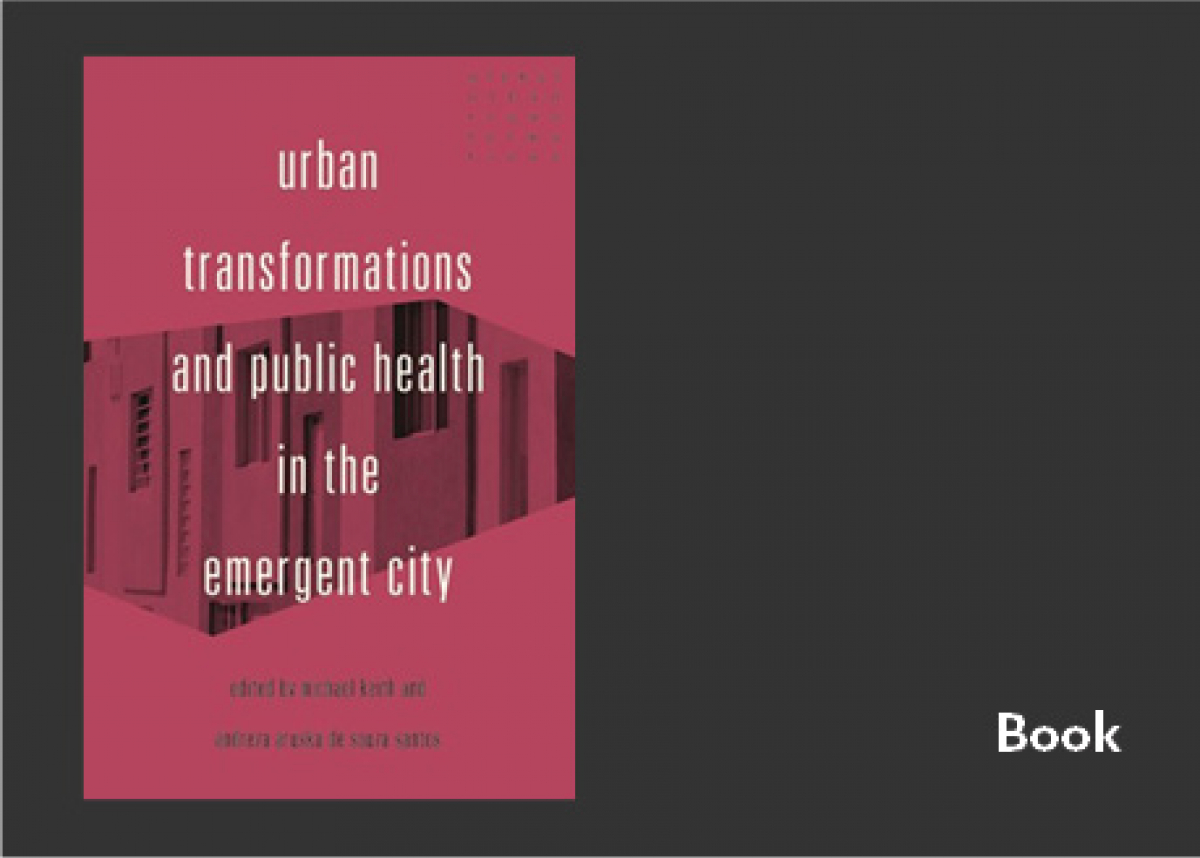
Impact of road traffic noise on obesity measures: Observational study of three European cohorts
Environmental stressors such as transport noise may contribute to development of obesity through increased levels of stress hormones, sleep deprivation and endocrine disruption. Epidemiological evidence supporting an association of road traffic noise with obesity markers is still relatively scant and confined to certain geographical regions.
We aimed to examine the cross-sectional associations between road traffic noise and obesity markers in three large European cohorts involving nearly 500,000 individuals.
Three population-based cohorts (UK Biobank, Lifelines, HUNT3) were established between 2006 and 2013 in the UK, the Netherlands and Norway respectively. For all three cohorts, residential 24-h road traffic noise (Lden) for 2009 was modelled from a standardised European noise assessment framework. Residential exposures to NO2 for 2007 and PM2.5 for 2010 were estimated from Europe-wide land use regression models. Obesity markers including body mass index and waist circumference were measured at recruitment. Obesity and central obesity status were subsequently derived. Regression models were fitted in each cohort, adjusting for a harmonised set of demographic and lifestyle covariates, with further adjustments for air pollution in the main model.
This largest study to date providing mixed findings on impacts of long-term exposure to road traffic noise on obesity, which necessitates future analyses using longitudinal data to further investigate this potentially important epidemiological link.
